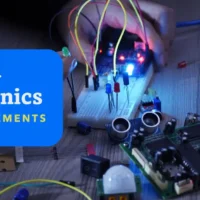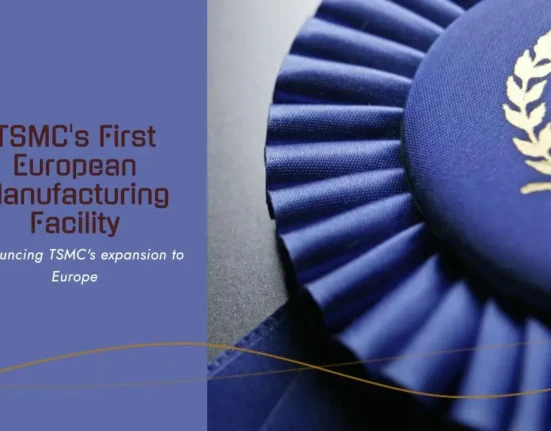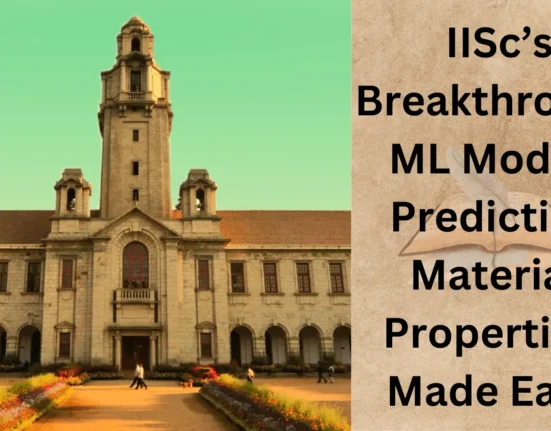IISc’s Breakthrough ML Model: Predicting Material Properties Made Easy
- by Asmi Srivastava
- 5 January 2025
- 3 minutes read
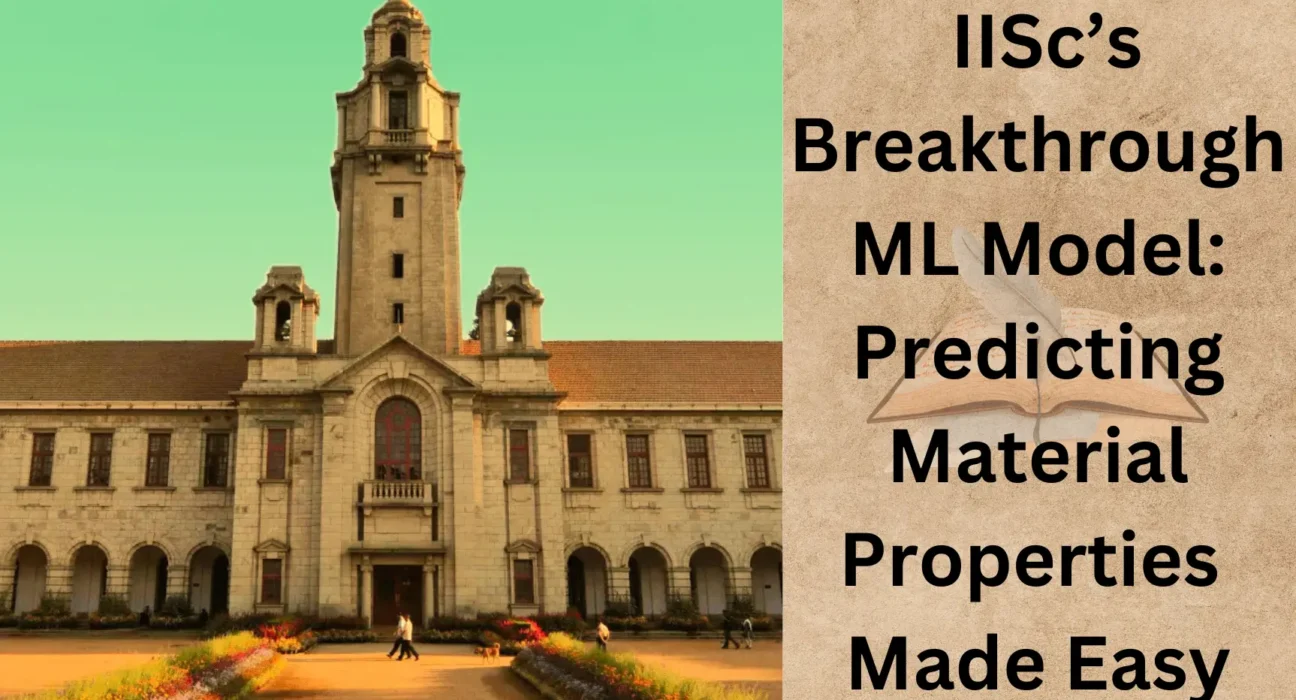
In collaboration with University College of London, the researchers at Indian Institute of Science (IISc) Bangalore have developed a new Machine Learning model.
This model can analyze material properties with limited data. This development will help us find materials with different properties like semiconductors. This might not sound very impressive at first, but it’s totally a huge development in terms of cost efficiency and time.
Here, let’s try to understand the research and development undertaken.
How GNNs Power IISc’s Machine Learning Model
Sai Gautam Gopalakrishnan, who is an Assistant Professor at the Department of Materials Engineering, led the research team. They built a model that is based on GNNs or Graph Neural Networks for the study. GNNs depict atoms as nodes and bonds as edges, which empower the model to successfully learn complicated material characteristics.
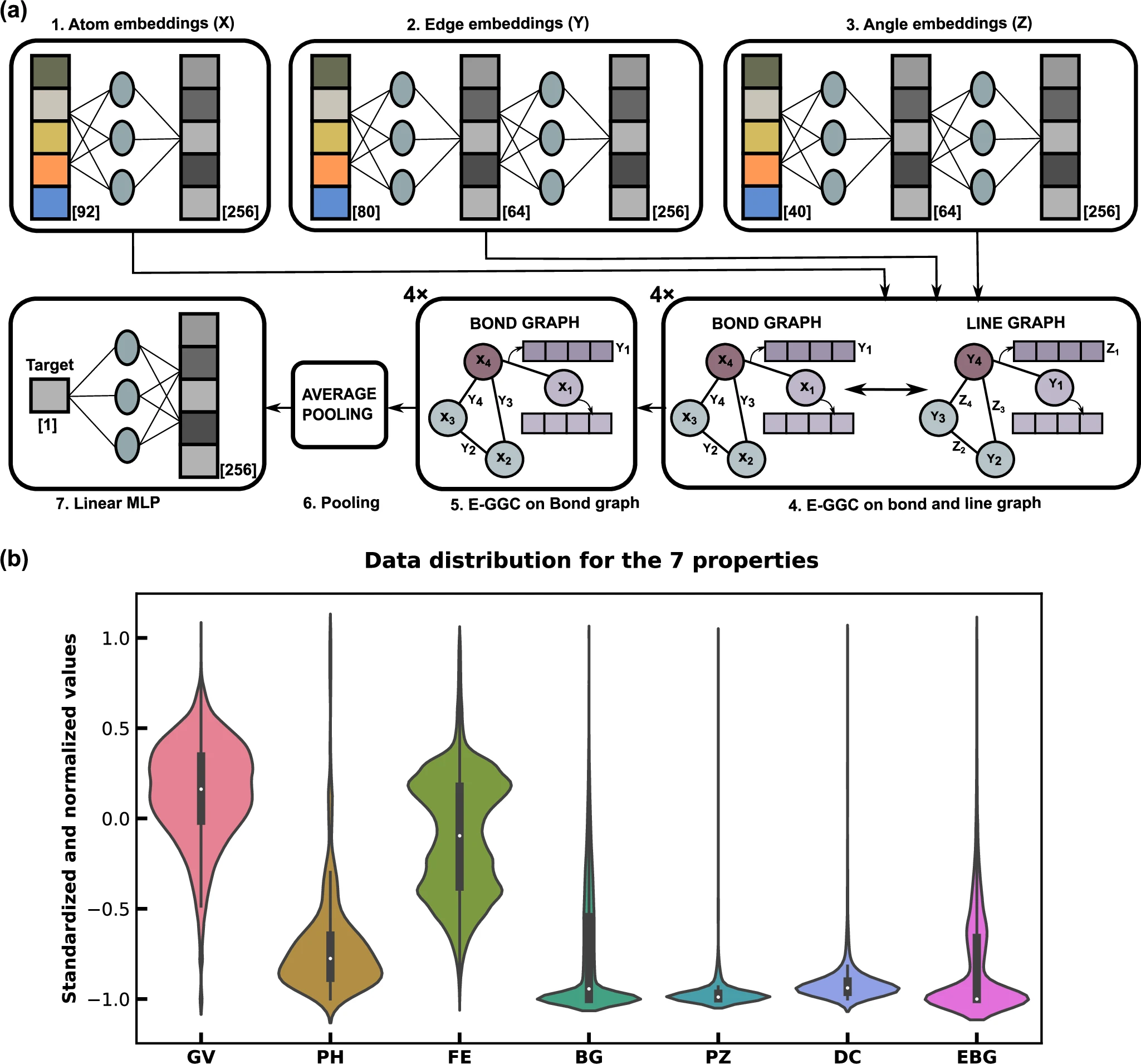
The researchers refined the GNN architecture and the amount of the training data, freezing several model layers beforehand to improve productivity.
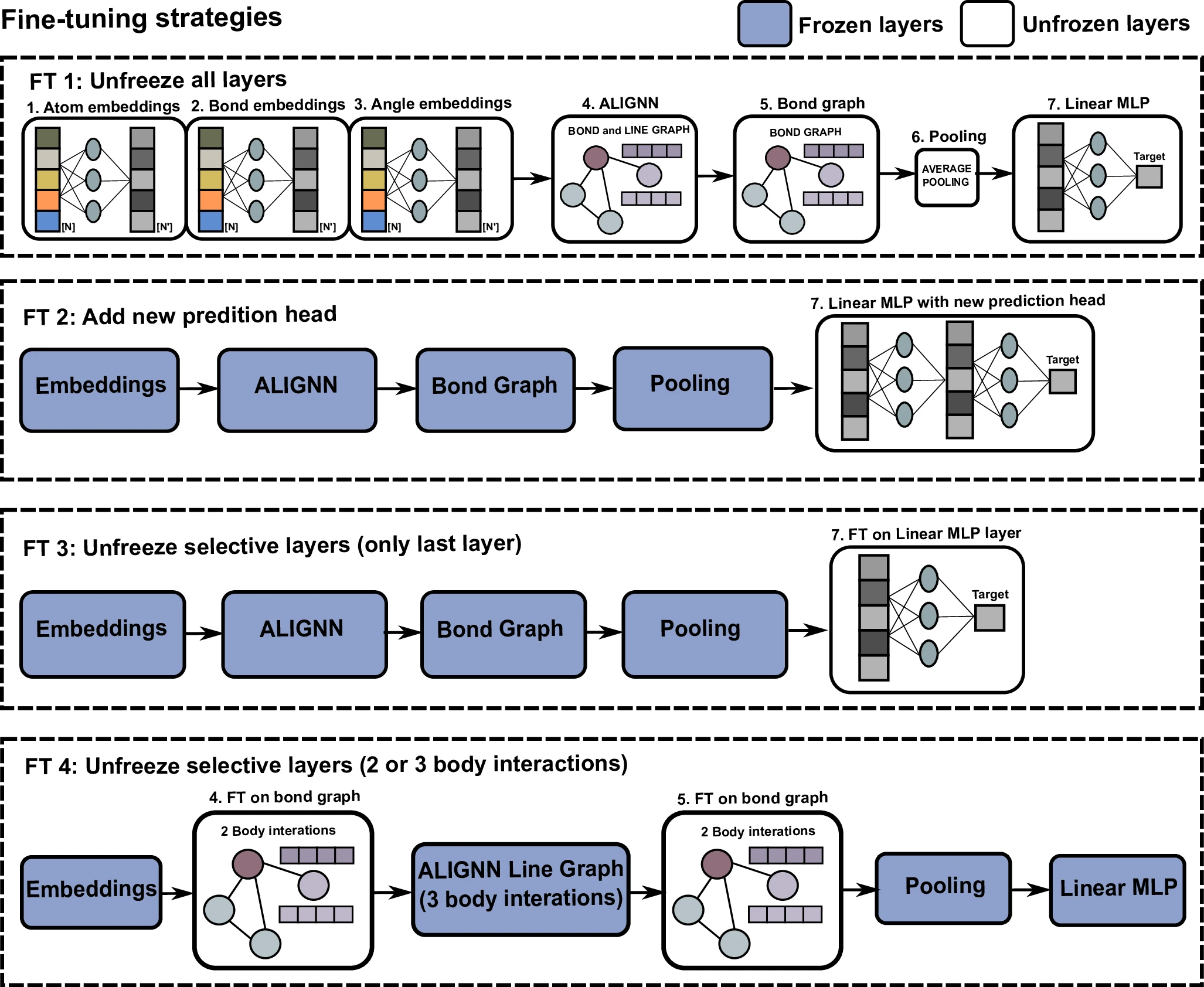
Each dashed box panel signifies an FT strategy explored in this work. Blue boxes indicate frozen layers and unfrozen layers are indicated by black outlined boxes. The contents within each unfrozen layer are indicated in each box, where the notations used within unfrozen layers are identical to Fig. above figure
In a release, IISc stated that the shortage of data on material properties is an obstacle to training models that can predict which types of materials have certain qualities such as electronic band gaps, formation energies, and mechanical properties. This is because contemporary approaches are both cost-intensive and tedious.
The researchers also devised a Multi-property Pre-Training (MPT) framework that enables them to develop their model on seven bulk material characteristics all at once. This method considerably increased the system’s forecasting accuracy, allowing it to estimate material parameters such as the piezoelectric coefficient and even forecast the band gap values of 2D materials it had never seen before.
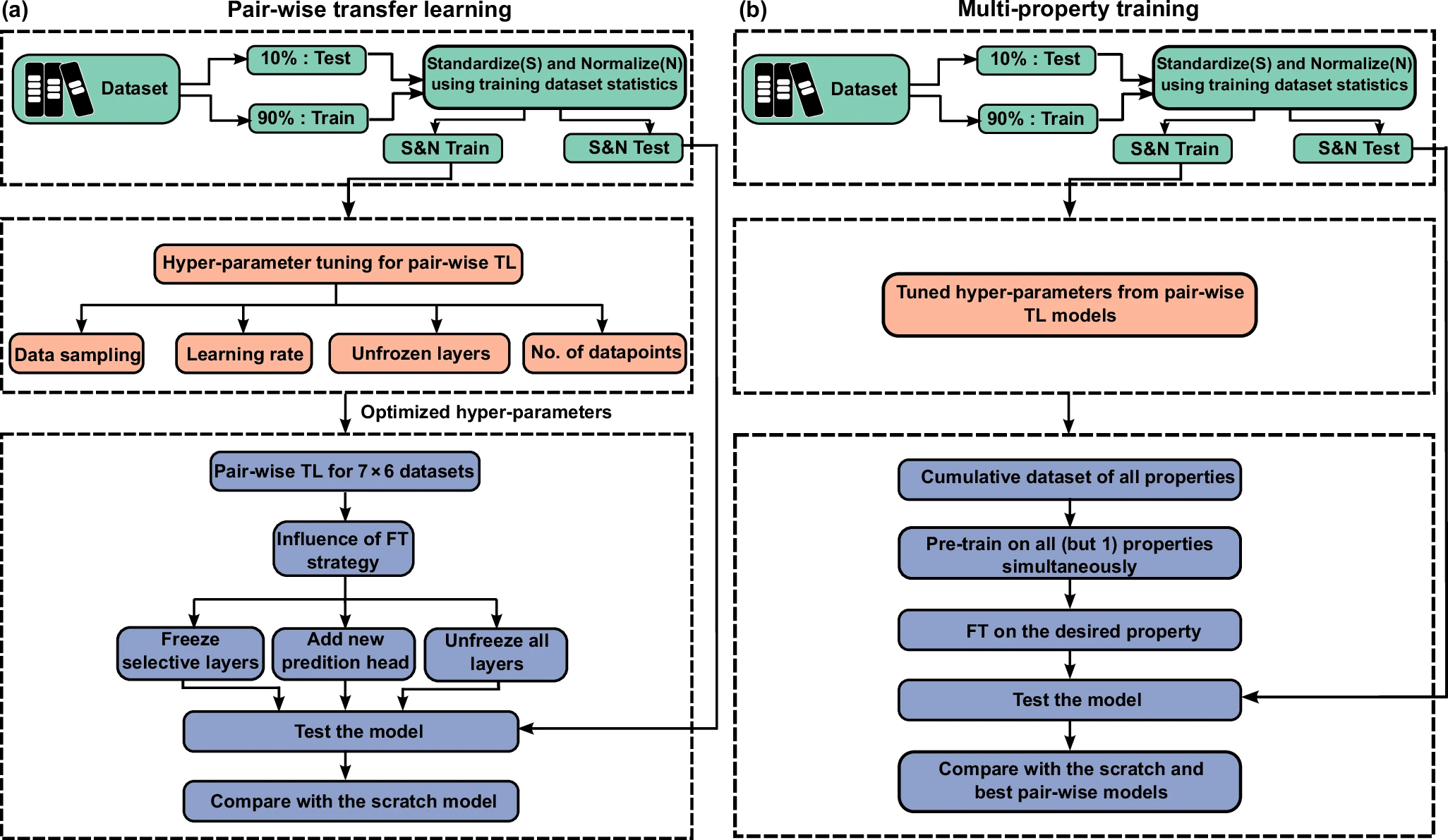
a Schematic illustrating the workflow for pair-wise TL for the seven properties of in
TRENDING
Transfer Learning
This model is based on the process of Transfer Learning. The method involves the usage of large models, first trained on large datasets, and then further fine-tuned to adapt to target datasets, which are generally much smaller.
Mr Gopalakrishnan excellently explains this in a statement:
In this method, the model first learns to do a simple task like classifying images into, say, cats and non-cats, and is then trained for a specific task, like classifying images of tissues into those containing tumors and those not containing tumors for cancer diagnosis.
The models that are trained in this manner are found to outperform those built from scratch. So training them in this way seems like a brilliant idea, doesn’t it?
Summary
Research conducted in collaboration with the University College London at the Indian Institute of Science, Bangalore, has resulted in the advancement of a unique Machine Learning model which requires limited data to predict material properties. The team, led by Assistant Professor Sai Gautam Gopalakrishnan, employed Graph Neural Networks (GNNs) to visualize the elements.
To tackle the problem of data scarcity, the model uses a Multi-property Pre-Training (MPT) framework, which improves the accuracy of prediction for more than one material property simultaneously. Using Transfer Learning enables a two-stage approach where the model is first trained on datasets that are relatively vast and then optimized for smaller target datasets. This has been known to work better than creating models from the beginning.
This new method not only improves predictability but also lowers costs of production of materials, such as semiconductors. This is a major new milestone in material science development. The idea and research have truly enlightened us and made us believe that we could still develop a lot of ways to cut cost and reduce time; two very important assets.
Discover more from WireUnwired Research
Subscribe to get the latest posts sent to your email.





